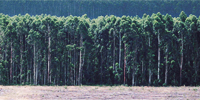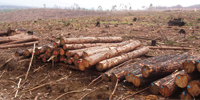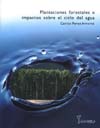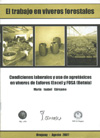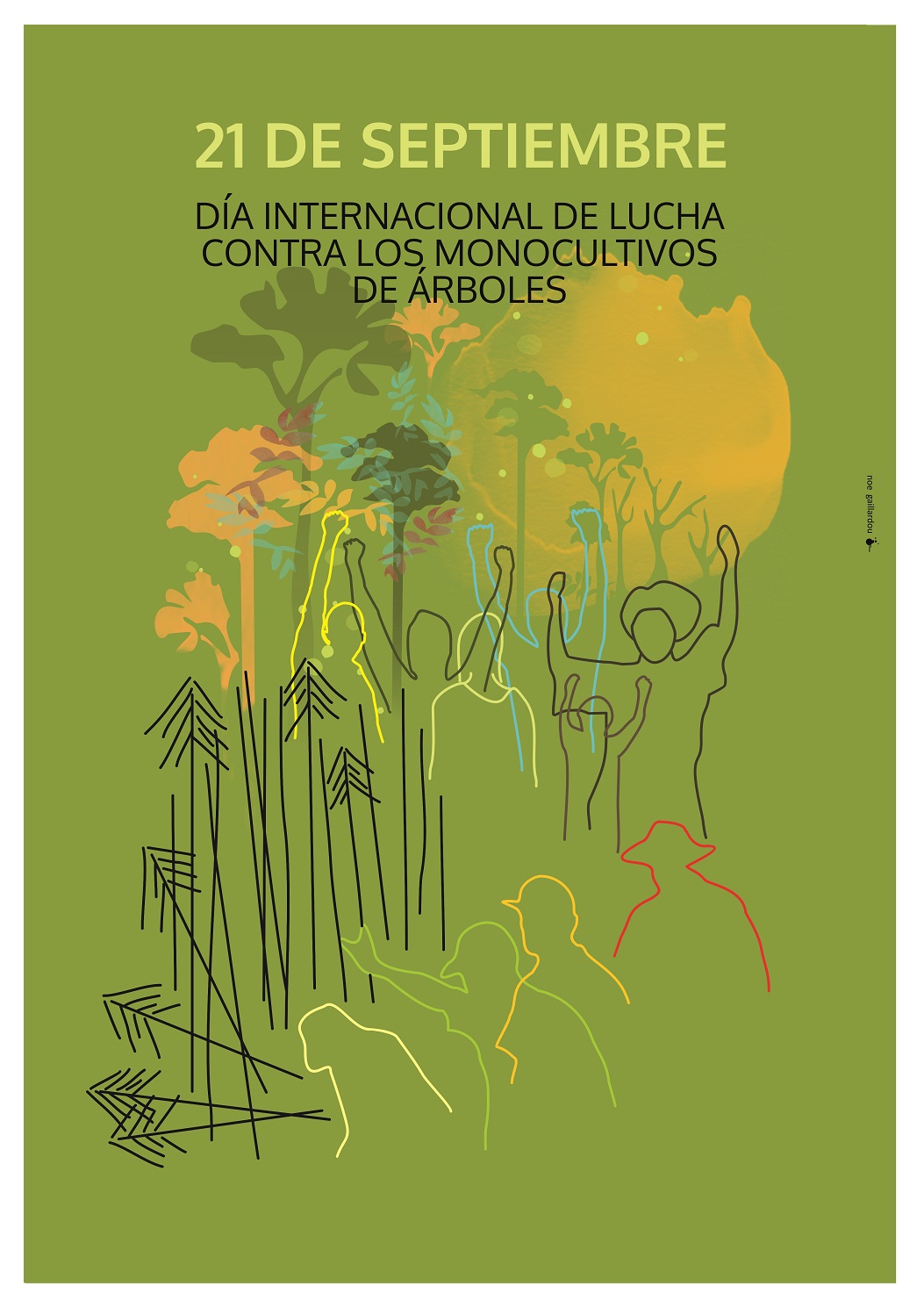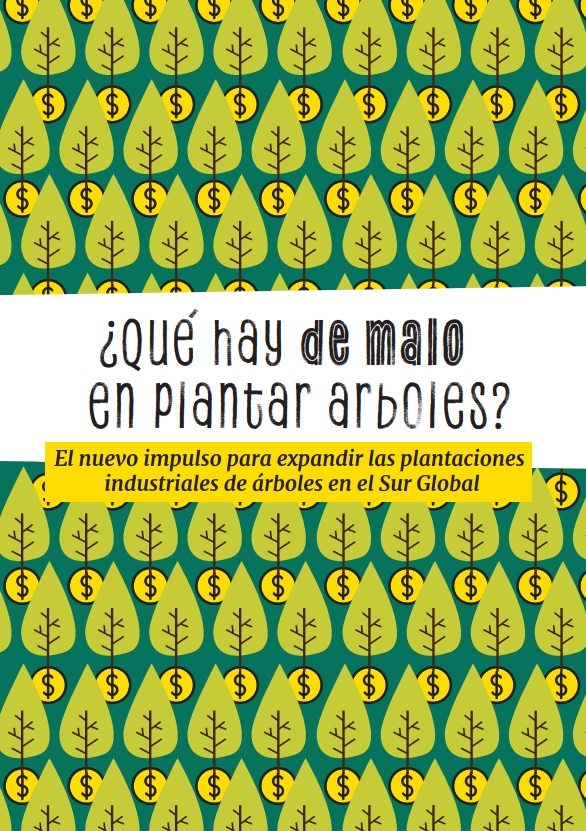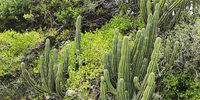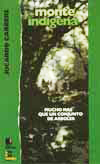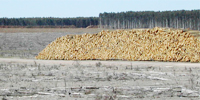The Uruguayan economy is largely dependent on agriculture and livestock raising, in which the dairy industry plays an important role. The production of milk and other dairy products is mainly concentrated in three departments, two of which – San José and Colonia – present a diverse collection of family farms and an organized local society that have achieved favourable levels of income and quality of life, making this one of the most productive and successful regions in rural Uruguay.
But this situation is now threatened by the expansion of the pulp industry, which drives out other economic activities due to the occupation of vast areas of land that it entails.
Montes del Plata, a joint venture created by the Chilean corporation Arauco and the Swedish-Finnish pulp and paper giant Stora Enso, owns 235,000 hectares of land in Uruguay and is currently constructing what will become the largest pulp mill in the country. This mill is being built in the department of Colonia, one of the centres of the country’s dairy industry, in southwest Uruguay.
In the pulp industry, it is well known that the costs of transporting logs from where they are harvested to the mill is one of the main factors determining the financial “success” of the operation. In this case, the tree plantations that would supply the raw material for the mill are located more than 200 kilometres away, primarily in the departments of Río Negro, Paysandú and Soriano, which represents a major inconvenience for the company.
Recently, the efforts of a federal prosecutor led to the public revelation of a secret investment contract, through which the national government has granted a series of exclusive and extraordinary benefits to Montes del Plata.
A press release from the Uruguayan organization Grupo Guayubira (1) reports that the benefits secretly negotiated between the government and Montes del Plata include the government’s pledge that it will “make every possible effort to obtain a ‘forestable’ area of 100,000 hectares [of new land designated as suitable for forestation] where plantations can be established within a 200-kilometre radius of the future mill.”
To do this, the authorities would have to reclassify the soils on lands that up until now have served for the successful production of dairy products, so that they can be included on the list of soils suitable for tree plantations. This move enormously benefits Montes del Plata, since it could plant trees within 200 kilometres of its pulp mill, thus significantly cutting transportation costs.
In the department of San José, this change in soil classification could potentially mean that 22% of its land surface could be used for monoculture tree plantations, an area of 109,163 hectares of land.
In the case of Colonia, the proportion could be 27% of the land area, or 164,251 hectares reclassified for the establishment of plantations.
The Grupo Guayubira press release warns that the arrival in these two departments of tree plantations for pulp production – an activity that takes up extensive areas of land in comparison with the current agricultural and livestock production activities in that area– could put the survival of family farms in serious danger.
“Competition for land will undoubtedly raise the price of buying and leasing land, further aggravating a traditional problem in the dairy farming and intensive livestock raising areas in the southwest region of the country and increasing production costs. At the same time, all of the impacts and externalities of plantations will generate numerous conflicts that will lead to a profound transformation of the region and local society. The region’s leading economic activities – cheese production in Colonia and milk production in San José – will pay the price, and their inevitable contraction will undoubtedly be reflected in impacts on the dairy industry, exports, suppliers of inputs and services, and the labour demand,” the press release stresses.
Grupo Guayubira reports that the company has already begun to buy up parcels of land in the department of San José, and concludes its press release by urging the authorities not to undertake this new and harmful modification to the land use regulations of an “emblematic region” solely as a means of “increasing the profit yields of a very powerful corporation like Montes del Plata,” and calling on the government, the political system and the productive sectors to “discuss and review this measure to achieve genuine rural development.”
(1) “La cuenca lechera del Uruguay en jaque: 5.02 b es la clave”, press release, Grupo Guayubira, 25 October 2011, http://www.guayubira.org.uy/2011/10/la-cuenca-lechera-del-uruguay-en-jaque-5-02-b-es-la-clave/
Source: WRM’s bulletin Nº; 171 October 2011

